Home>Renovation & DIY>Tools & Equipment>Why Is It Called A Phillips Screwdriver
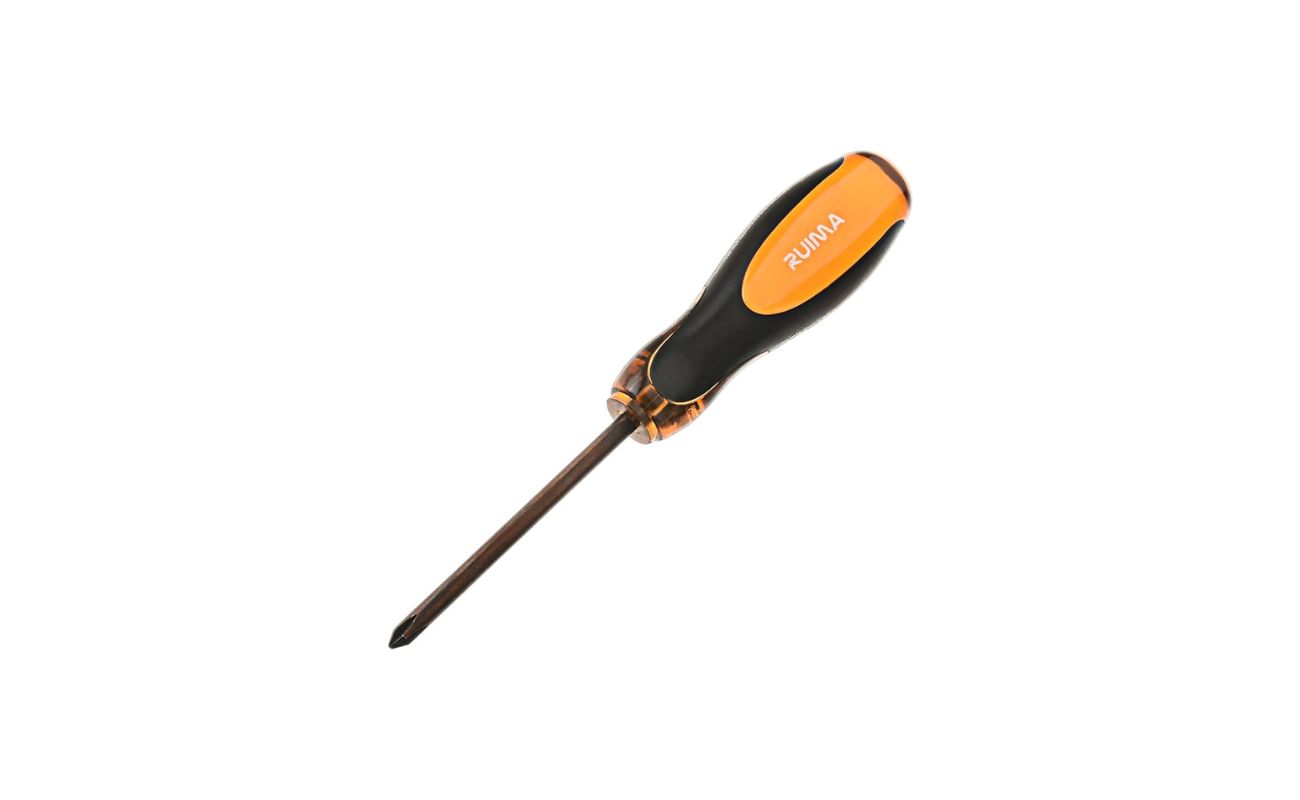

Tools & Equipment
Why Is It Called A Phillips Screwdriver
Published: December 19, 2023
Discover the origins of the Phillips screwdriver and its impact on tools and equipment. Learn why it's named after its inventor, John P. Thompson. Explore the history and significance of this essential tool.
(Many of the links in this article redirect to a specific reviewed product. Your purchase of these products through affiliate links helps to generate commission for Storables.com, at no extra cost. Learn more)
**
Introduction
**
Have you ever wondered why certain tools are named the way they are? Take the Phillips screwdriver, for instance. It's a common tool found in almost every toolbox, but have you ever questioned why it's called a "Phillips" screwdriver? In this article, we'll delve into the intriguing history and design of the Phillips screwdriver, shedding light on its origins and why it has become a staple in the world of fastening tools. Join us on this fascinating journey through the evolution of the Phillips screwdriver, and discover the story behind its name and design.
**
Key Takeaways:
- The Phillips screwdriver was invented to solve the problems of traditional slotted screws, revolutionizing fastening technology with its unique design and enhanced efficiency.
- The Phillips screwdriver’s enduring popularity is due to its practicality, versatility, and user-friendly design, making it a go-to tool for professionals and DIY enthusiasts alike.
Read more: When Was The Phillips Screwdriver Invented
The Invention of the Phillips Screwdriver
**
It all began in the 1930s when the automotive industry faced a significant challenge with traditional slotted screws. These screws were prone to slipping during assembly, leading to inefficiencies and costly delays in production. Seeking a solution, Henry F. Phillips, an American businessman and inventor, set out to design a screw and screwdriver combination that would address these issues.
Phillips collaborated with the American Screw Company to develop a new type of screw head that could withstand higher torque and provide better grip during tightening. The result was the Phillips screw, featuring a cross-shaped indentation with angled flanks. This innovative design allowed the screwdriver to engage more securely with the screw, reducing the likelihood of slippage and damage to the fastener.
With the introduction of the Phillips screw, assembly line workers experienced a significant improvement in efficiency and productivity. The new screw and its corresponding screwdriver quickly gained traction in the automotive and manufacturing sectors, revolutionizing the way products were assembled.
Henry F. Phillips's invention not only addressed the challenges of traditional slotted screws but also set a new standard for fastening technology. The Phillips screwdriver became an essential tool for countless industries, demonstrating the impact of innovative thinking and practical problem-solving.
**
The Phillips Screwdriver Design
**
The Phillips screwdriver is distinguished by its unique tip, specially designed to fit the cross-shaped indentation of the Phillips screw. This tip features two narrow, parallel slots that intersect at the center, forming a cross configuration. The corresponding Phillips screw bears a matching cross-shaped recess, allowing the screwdriver to engage securely with the fastener.
One of the key elements of the Phillips screwdriver design is the angled flanks of the cross-shaped tip. These flanks are strategically positioned to provide optimal contact with the screw, effectively transferring torque during tightening. As a result, the Phillips screwdriver delivers enhanced grip and reduced slippage, making it an invaluable tool for fastening applications.
Another notable feature of the Phillips screwdriver is its compatibility with a wide range of Phillips screws, which vary in size and thread pitch. This versatility allows the Phillips screwdriver to accommodate different screw dimensions, offering a practical solution for various assembly and repair tasks.
Furthermore, the handle of the Phillips screwdriver is ergonomically designed for comfortable and efficient use. Whether it features a traditional wooden handle or a modern rubberized grip, the handle is crafted to provide a secure and comfortable hold, enabling users to apply the necessary torque with ease.
Overall, the design of the Phillips screwdriver reflects a thoughtful and purpose-driven approach to fastening technology. Its compatibility, gripping efficiency, and user-friendly features have solidified its status as an indispensable tool in numerous industries and household settings.
**
The Phillips screwdriver is named after Henry F. Phillips, who invented the cross-head screw and driver in the 1930s. The design allows for better torque and reduces the likelihood of the driver slipping out of the screw.
The Popularity of the Phillips Screwdriver
**
Since its inception, the Phillips screwdriver has experienced widespread adoption and enduring popularity across various industries and household applications. Its success can be attributed to several key factors that have contributed to its reputation as a reliable and efficient tool for fastening tasks.
One of the primary reasons for the widespread acceptance of the Phillips screwdriver is its compatibility with a vast array of Phillips screws. These screws are commonly used in construction, furniture assembly, automotive manufacturing, and electronic device assembly, among other applications. The ability of the Phillips screwdriver to accommodate different screw sizes and types has made it an indispensable tool for professionals and DIY enthusiasts alike.
Furthermore, the design of the Phillips screw and screwdriver combination addresses the limitations of traditional slotted screws and screwdrivers. The cross-shaped indentation of the Phillips screw provides improved engagement with the screwdriver, minimizing the risk of slippage and damage to the fastener. This enhanced grip has significantly contributed to the efficiency and reliability of fastening operations, leading to widespread adoption in industrial and consumer settings.
Additionally, the Phillips screwdriver has become synonymous with efficiency and convenience, offering users a practical and user-friendly tool for various fastening tasks. Its ergonomic handle design, coupled with the secure grip provided by the cross-shaped tip, enhances user comfort and control during use. This has made the Phillips screwdriver a preferred choice for professionals and DIY enthusiasts seeking a reliable and easy-to-use tool.
Moreover, the enduring legacy of the Phillips screwdriver can be attributed to its role in standardizing fastening technology. The widespread adoption of Phillips screws and screwdrivers has led to the development of compatible tools and equipment, further solidifying the Phillips system as a go-to solution for fastening needs.
Overall, the Phillips screwdriver has earned its popularity through its practical design, compatibility with Phillips screws, and its contribution to enhancing efficiency and reliability in fastening operations across diverse industries and everyday tasks.
**
Conclusion
**
The Phillips screwdriver stands as a testament to the power of innovation and practical problem-solving. From its humble beginnings as a solution to the challenges faced by traditional slotted screws, the Phillips screwdriver has evolved into an indispensable tool that has left an indelible mark on numerous industries and household settings.
Henry F. Phillips’s ingenuity and determination led to the creation of a fastening system that not only addressed the shortcomings of existing screws but also revolutionized the way products are assembled and repaired. The cross-shaped design of the Phillips screw and the corresponding screwdriver has set a new standard for efficiency, reliability, and user comfort in fastening technology.
The enduring popularity of the Phillips screwdriver is a testament to its practicality, versatility, and user-friendly design. Its seamless compatibility with a wide range of Phillips screws, coupled with its ergonomic handle and enhanced gripping efficiency, has made it a go-to tool for professionals and DIY enthusiasts alike.
As we reflect on the story behind the Phillips screwdriver, we gain a deeper appreciation for the impact of a single invention on the way we build, create, and repair. The legacy of the Phillips screwdriver serves as a reminder of the transformative power of innovation and the enduring value of practical, well-designed tools.
So, the next time you reach for a Phillips screwdriver from your toolbox, take a moment to marvel at the ingenuity that led to its creation and the lasting impact it continues to have on the world of fastening technology.
Frequently Asked Questions about Why Is It Called A Phillips Screwdriver
Was this page helpful?
At Storables.com, we guarantee accurate and reliable information. Our content, validated by Expert Board Contributors, is crafted following stringent Editorial Policies. We're committed to providing you with well-researched, expert-backed insights for all your informational needs.
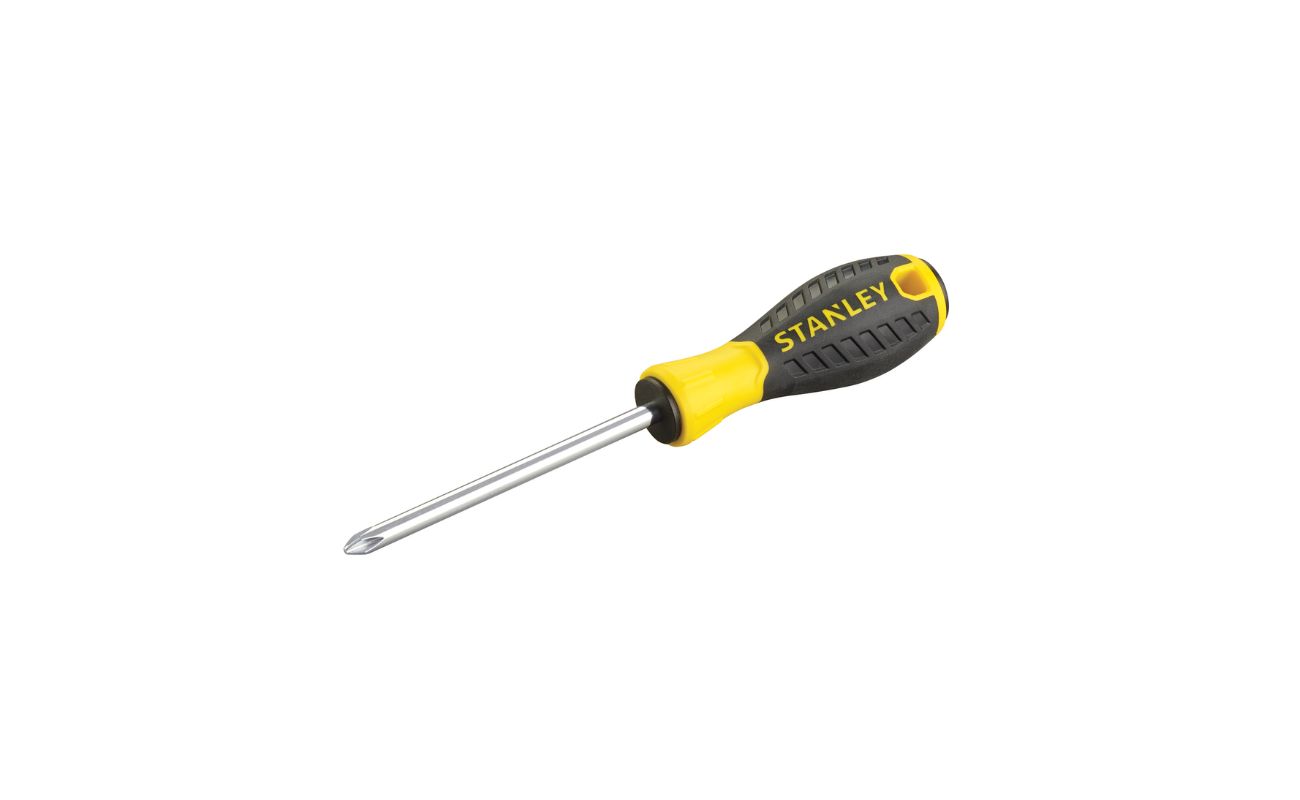
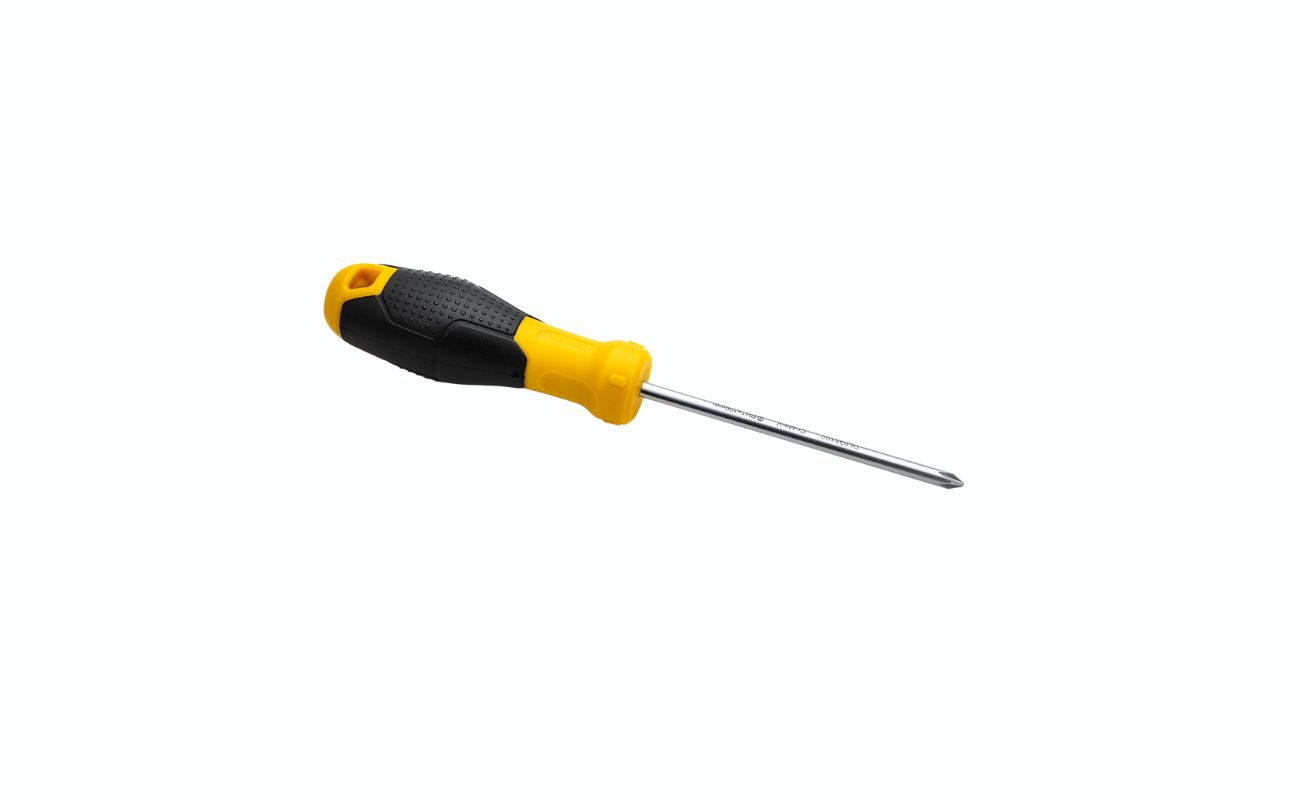
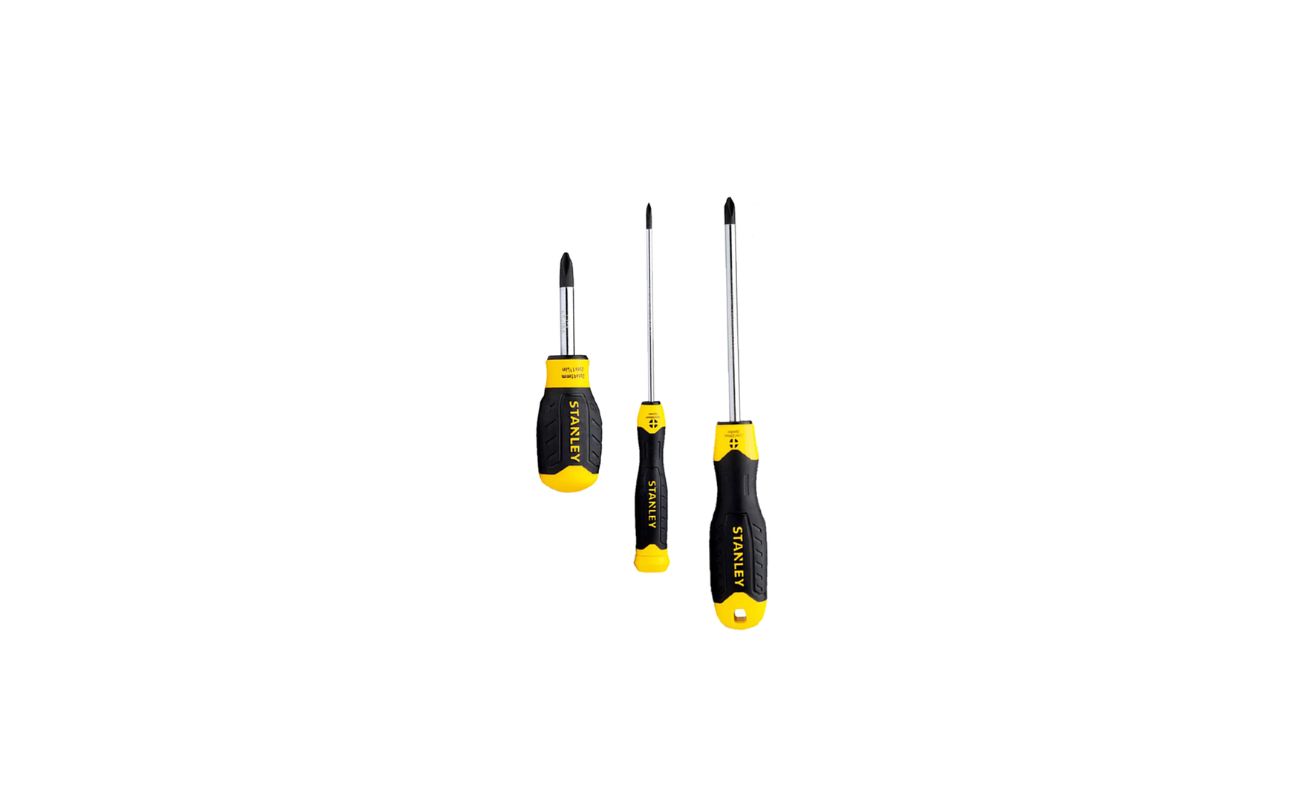
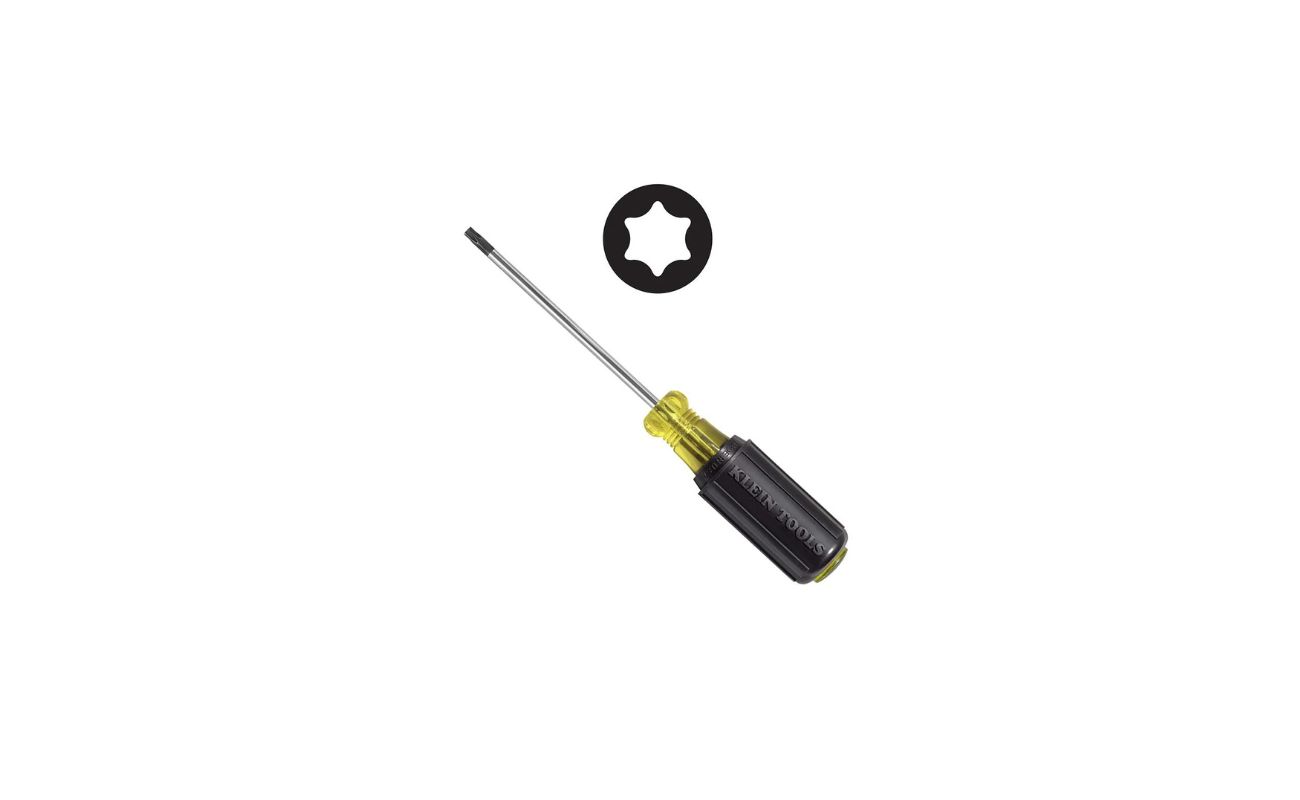
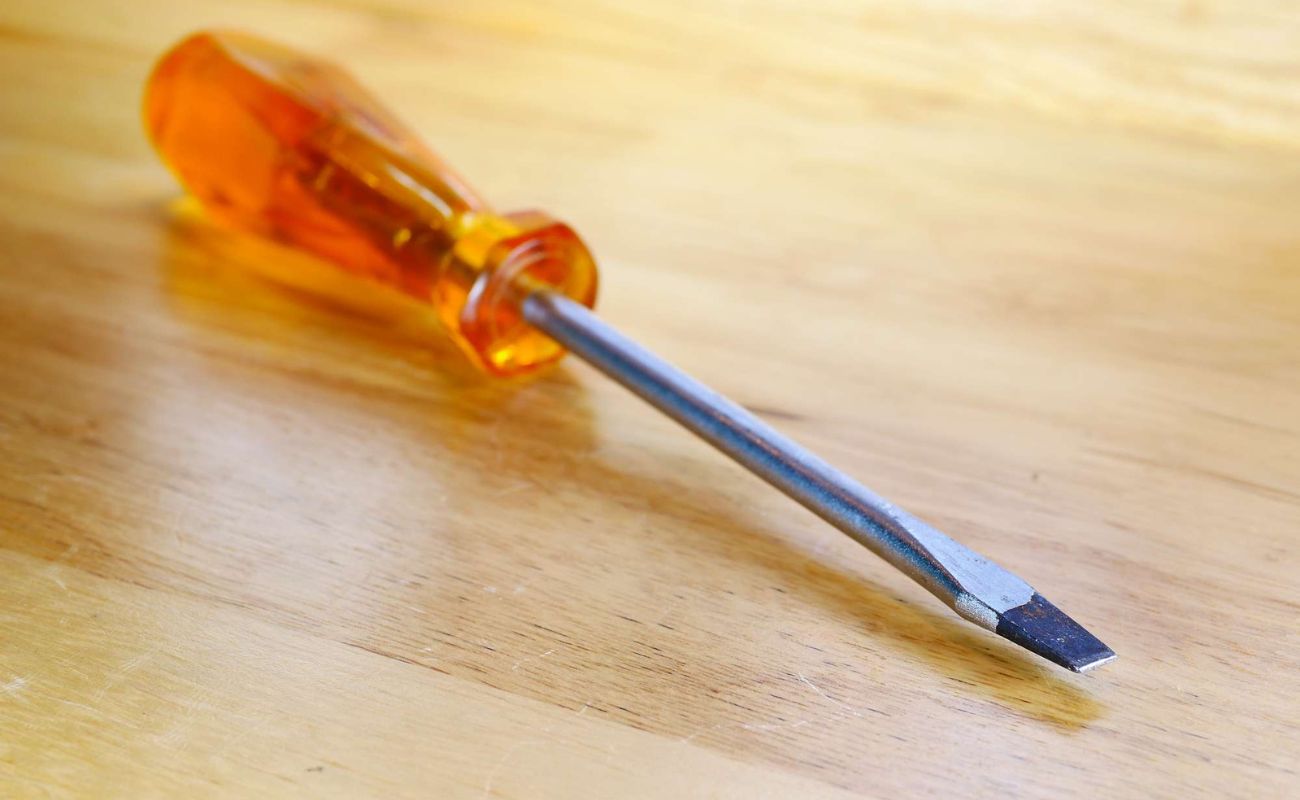
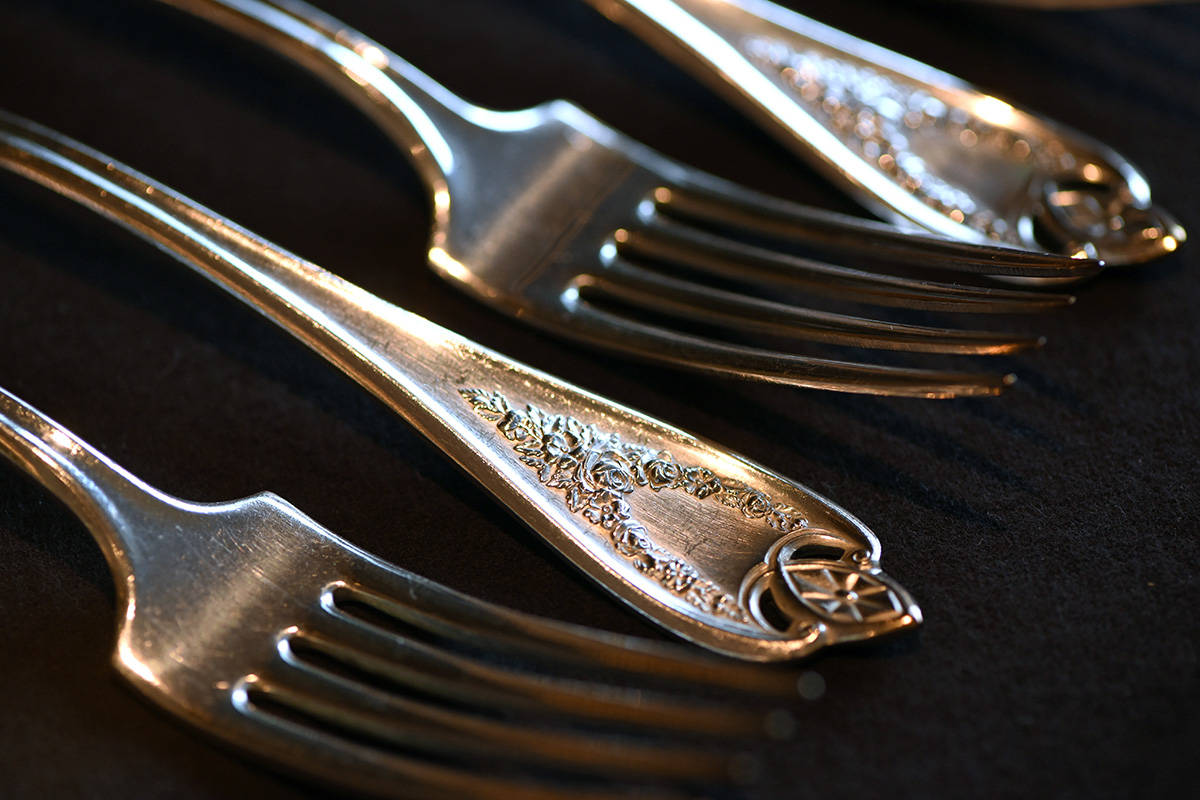





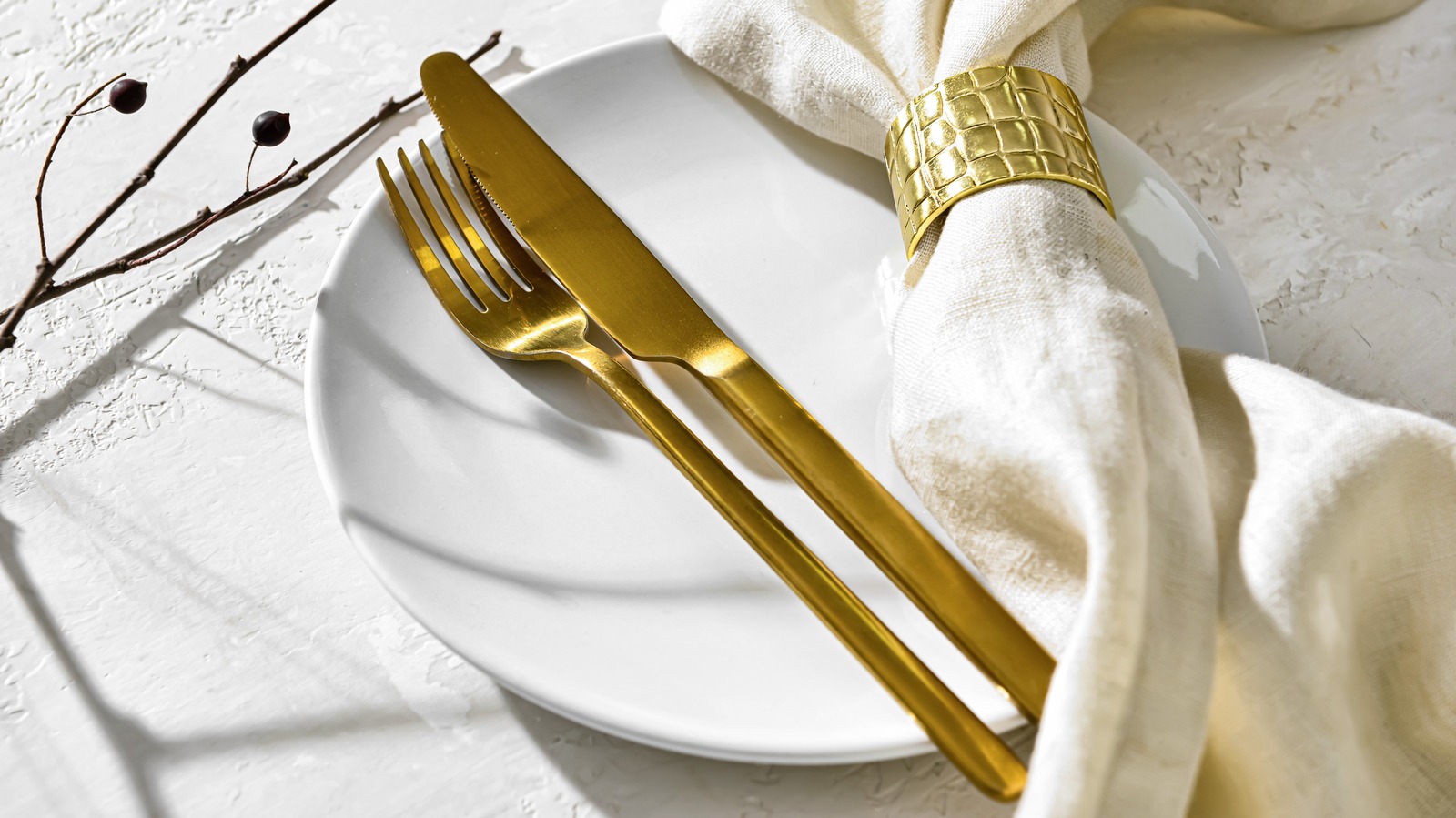
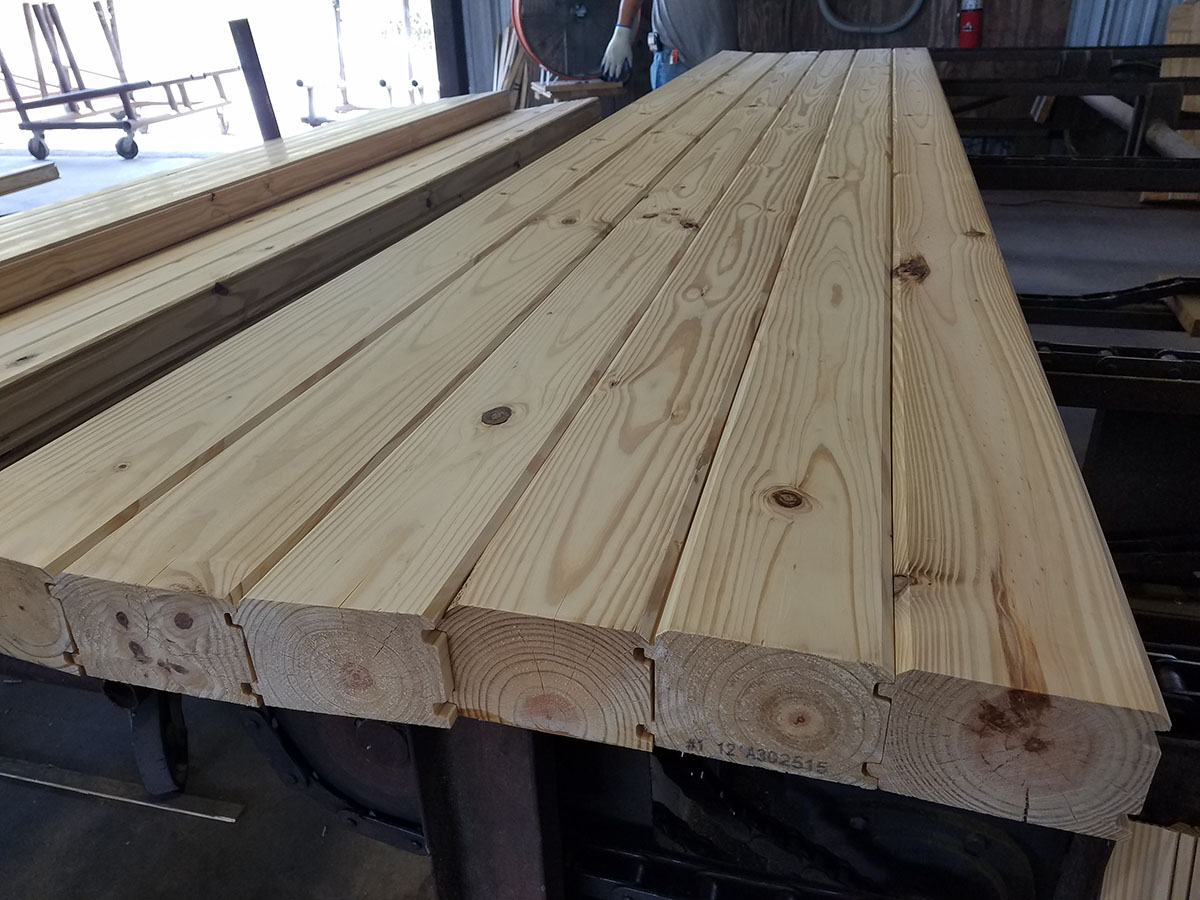



0 thoughts on “Why Is It Called A Phillips Screwdriver”